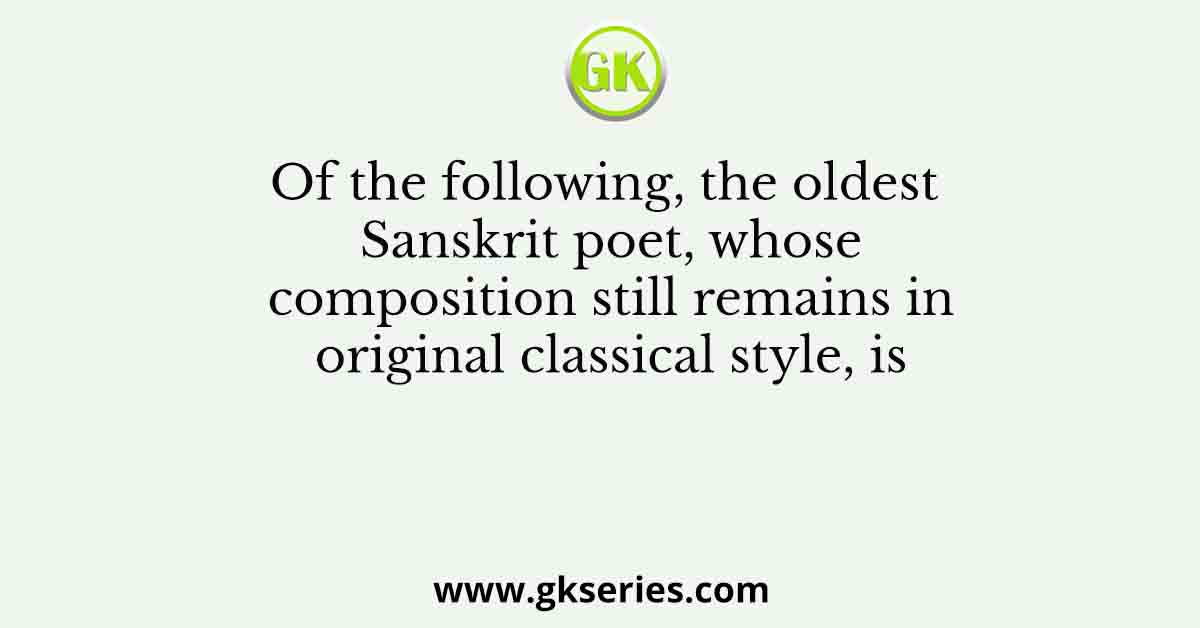
Q. The Doctrines of ‘Non-Violence’ and ‘Civil Disobedience’ associated with Mahatma Gandhi were influenced by the works of
(a) Churchill-lrwin-Tolstoy
(b) Ruskin-Tolstoy-Thoreau
(c) Thoreau-Humen-Shaw
(d) Cripps-Tolstov-Howes
Ans: (b) Ruskin-Tolstoy-Thoreau
Explanation: The correct answer is (b) Ruskin-Tolstoy-Thoreau.
The doctrines of ‘Non-Violence’ and ‘Civil Disobedience’ associated with Mahatma Gandhi were influenced by the works of Ruskin, Tolstoy, and Thoreau.
John Ruskin was an English writer and art critic whose works emphasized the importance of moral values, social justice, and the dignity of labor. Gandhi drew inspiration from Ruskin’s writings on social and economic reform, particularly his book “Unto This Last.”
Leo Tolstoy, the renowned Russian writer, philosopher, and social reformer, had a profound impact on Gandhi’s ideology. Gandhi corresponded with Tolstoy and was deeply influenced by his writings, including his work “The Kingdom of God Is Within You.” Tolstoy’s ideas on non-violence, simplicity, and the pursuit of truth resonated with Gandhi and shaped his principles of non-violent resistance.
Henry David Thoreau, an American writer and philosopher, also had a significant influence on Gandhi. Thoreau’s essay “Civil Disobedience” advocated for the moral duty to resist unjust laws and inspired Gandhi’s concept of civil disobedience as a non-violent means of challenging oppressive authority.
Thus, the works of Ruskin, Tolstoy, and Thoreau played a crucial role in shaping Mahatma Gandhi’s principles of non-violence and civil disobedience, which became central to his philosophy and methods of resistance in the Indian independence movement.





